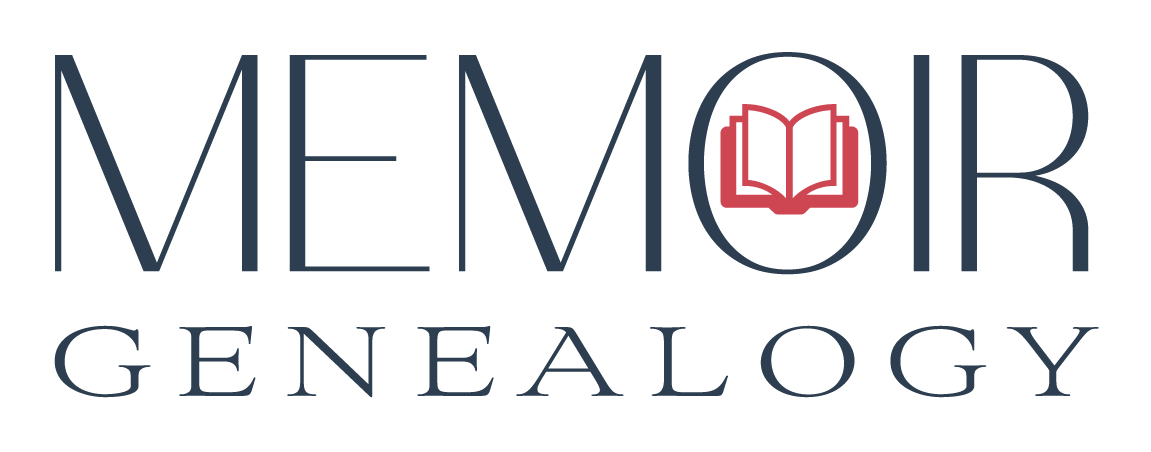French Canadian and Acadian Genealogy Research
Information and resources for researching French Canadian and Acadian ancestry.
French Canadian Genealogy Basics
Start Here to Learn some of the basics of French Canadian Research
Research Website Links and Helpful Tips
The best paid and free research sites as well as tips for non-French speakers
Research Assistance Articles
Articles and Ideas to Help with Your Research
French Canadian Genealogy Basics
What you need to know before you begin French Canadian and Acadian research.
Is French Canadian Research Difficult?
Not usually. Our French Canadian forebears were excellent record keepers. Every major life event (baptism, marriage, and burial/sépulture) was uniformly catalogued in civil and/or Catholic parish registers. Records typically include the parents names (using the woman’s maiden name) which is helpful in tracing families from generation to generation. The records follow a standard layout which makes them fairly easy for non-french speakers to extract information from. Numerous published family genealogies exist to assist with your records searches.
What is the Difference Between French Canadian and Acadian Research?
French Canadians and Acadians…weren’t they all originally French Immigrants to Eastern Canada? Yes, but there are distinct differences in their location, history, and culture. The Acadians were those of French ancestry in the Saint Lawrence River Valley (Acadie consisted of current day Nova Scotia, Prince Edward Island, New Brunswick, and eastern Maine) born between 1636 and 1755. French Canadians were persons of French ancestry born in the Saint Lawrence Valley (aka New France, Lower Canada, Canada East or Quebec).
What are Dit Names?
The French had a custom of adopting dit names or additional surnames. Dit (m) or dite (f) names were typically derived from an ancestral location, an influential ancestor, or an honorary name given by a military or high ranking official. For example, one of my immigrant ancestors to French Canada was named Gregoire Deblois. Gregoire’s children carried on his first name as a dit name to honor him as the first immigrant, thus his son was Joseph Deblois dit Gregoire. It is important to consider the use of dit names when researching French Canadian ancestry as they were often passed down through generations.
Where are the Acadians Today?
The Acadians were forcibly removed (Le Grand Dérangement) from Acadie after the British conquest during the French and Indian War (1755-1763). Most Acadians were deported to either the colonies (current US) or France. Some managed to escape to New France (Quebec) and the French Caribbean (Louisiana)–these were the original Cajuns. After the end of the conflict some Acadians returned and built new communities in Acadie.
Online Research Links and Helpful Tips
Online Research Tips: The records you need to research your French Canadian and Acadian ancestors will vary based upon if, when, and where your ancestors migrated. The most difficult part of French Canadian genealogy is often making cross-border connections. Follow my blog to learn more about researching Midwest, New England, and Louisiana migrations. Once you have traced your family back to New France, much of the research has already been completed and is readily available online. The downloadable document below provides links to some of my favorite research sites. If you don’t mind using payed sites I recommend combining the resources at Genealogie Quebec and PRDH, which contain researched family reconstructions (family trees) and links to downloadable images of all the original baptism, marriage and burial/sepulture records which were used to create the reconstructions.
Note: Use the gray bar at the bottom of the document to view and download the pdf.
Research Tips for Non-French Speakers
Using Research Websites: Many French Canadian research websites have the option of viewing their sites in either French or English. For French only sites I suggest using the Chrome internet browser with the Google Translate extension installed. This extension will instantly translate entire web pages as you browse.
Reading French Records: French Canadian church and civil records follow a standard format which makes it easy to extract record details. The French Canadian Record Assistant document below will assist you in translating the most commonly used words in baptism (b), marriage (m), and burial/sepulture (s) records.
Note: Use the gray bar at the bottom of the document to view and download the pdf.
Articles About French Canadian and Acadian Research
Articles and Ideas to Help with Your Research
Add Your Heading Text Here


